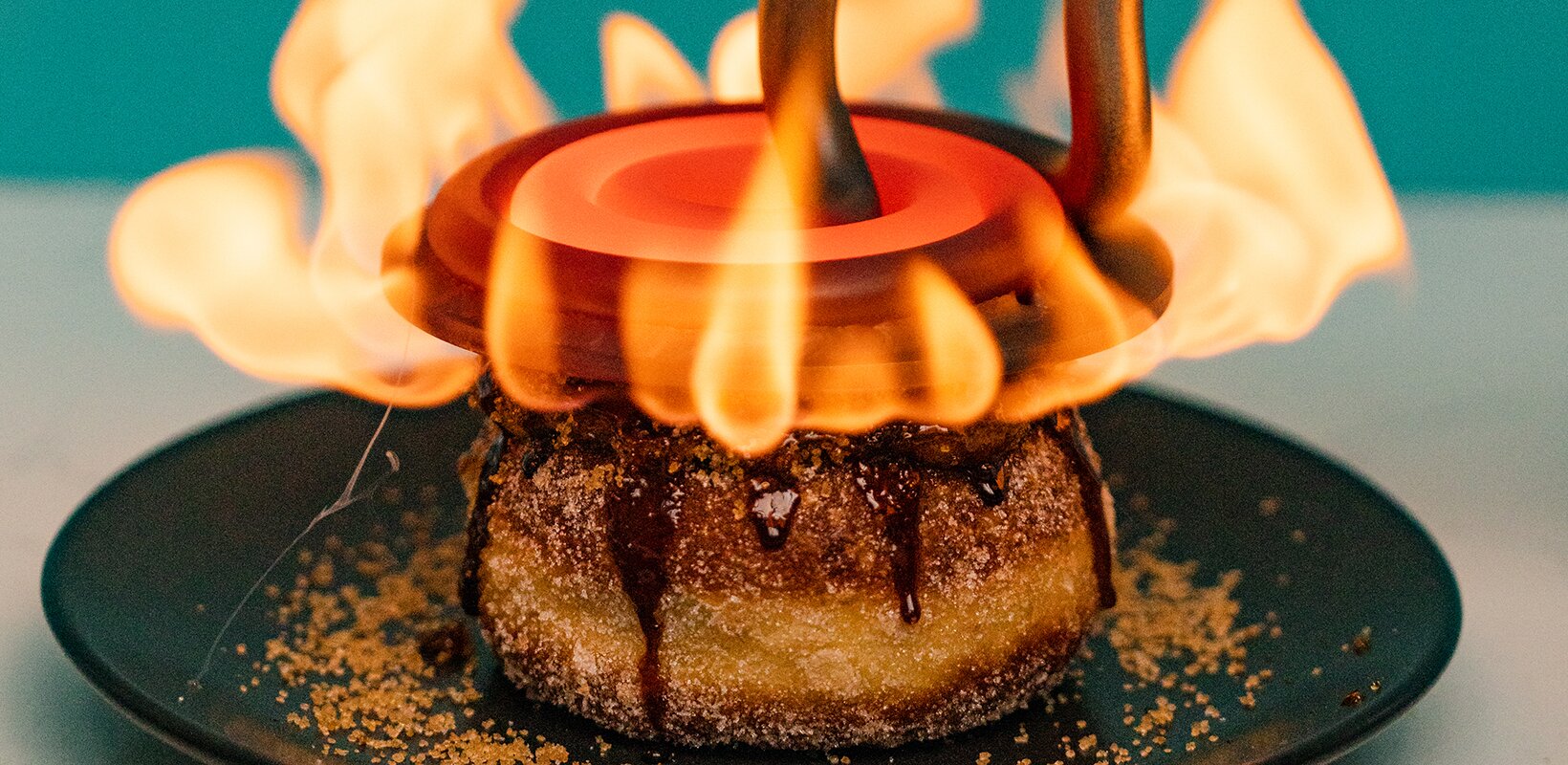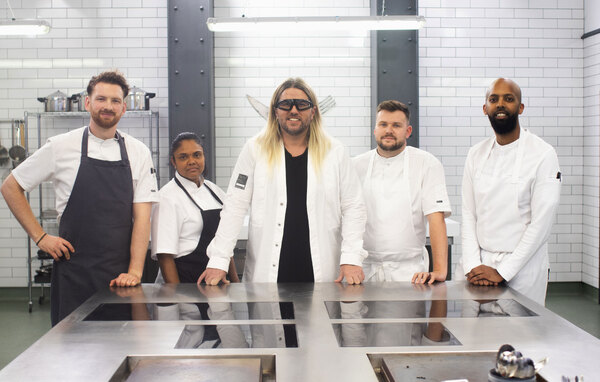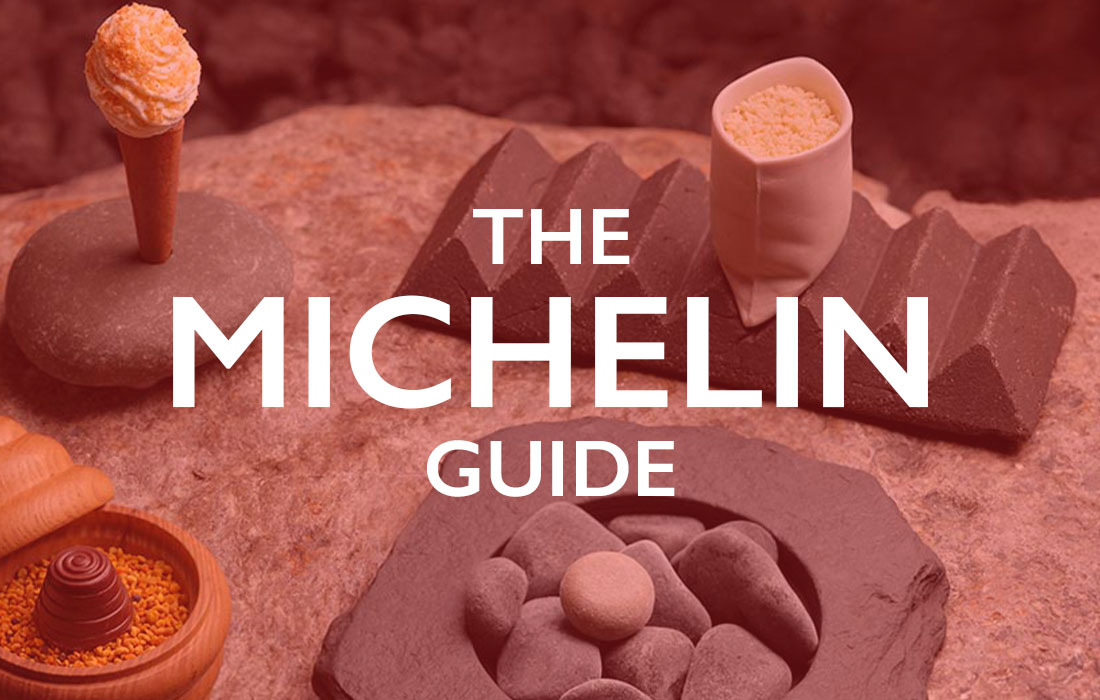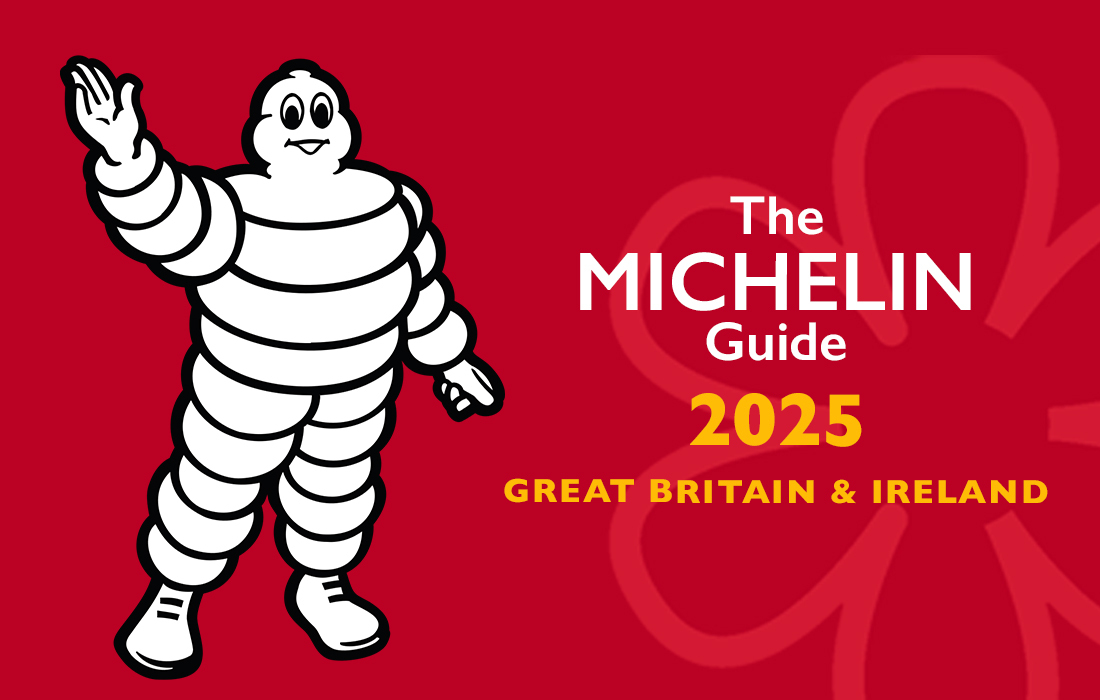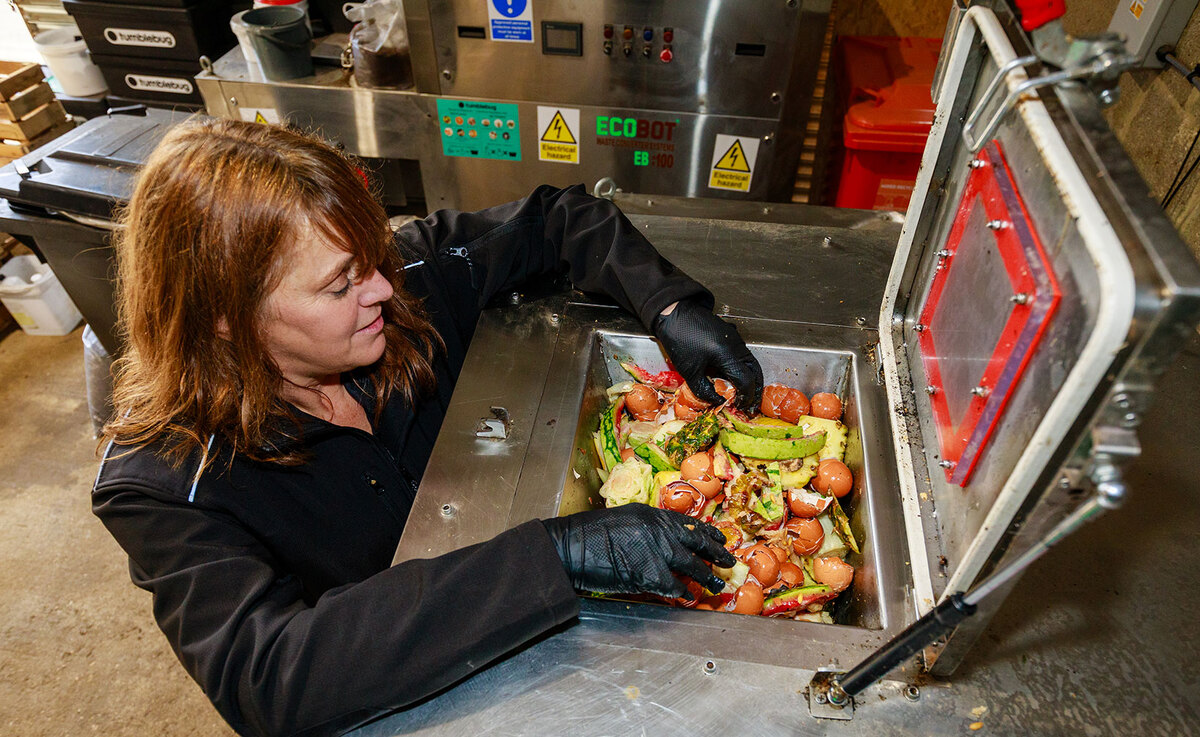Sweet fantasy: the superstar baked goods getting all the attention
From TikTok doughnut sensations to gourmet sandwiches, baked goods are having their moment in the spotlight, says Will Hawkes
For those born before the millennium, TikTok can be a challenging experience. The social media website’s high-energy blend of puerile pranks, pouting teens and Pomeranian dogs dressed as bumblebees is full-on, to put it mildly. But it’s worth a look, because this is where trends are born, particularly in the food world, and it seems especially in bakery.
In October, Bread Ahead, a bakery in London’s Borough Market, launched a new crème brûlée doughnut, filled with crème pâtisserie and scorched with a branding iron – yours for £4.50 a pop. By the end of the month, it had become a TikTok sensation, earning rave reviews from key online names such as foodyfella, who posted: “The vanilla crème meets caramel is a gamechanger,” and eatingwithtod, who said it was: “one of the sexiest doughnuts I think I’ve ever seen,” alongside millions of views from potential customers.
“It has gone crazy,” says Matthew Jones, Bread Ahead’s founder and owner. “It’s the biggest product we have ever done in the business. We just put them on the stall at Borough Market and it was like lighting the fuse on a firework. It’s been incredible.” He reports it now accounts for as much as 20% of Bread Ahead’s daily sales.
It’s far from the only baked social media smash hit: there’s also the ‘cube croissant’ (literally a square version of the pastry) popularised in London by Le Deli Robuchon and now on the counter at bakeries around the globe, in a rapidly diversifying variety of forms.
Both the crème brûlée doughnut and the cube croissant testify not only to social media’s growing punch, but also to the excitement surrounding bakery and baked goods – the UK market is now worth an estimated £3.9b, according to the Federation of Bakers. Even at a time of shrinking domestic budgets, baked goods remain an affordable treat.
Getting ahead
Few could have predicted the success of Bread Ahead’s crème brûlée doughnut. The concept has been around for a while – a New York bakery claims to have invented them in 2008 – and while Bread Ahead’s twist of a branding iron is novel, creating a crisp and enticing crust, there are plenty of attractive doughnuts in the capital.
“It kind of came out of nowhere,” says Jones. “We’re always tinkering with ideas and we like to do things properly – we make all the jam for our jam doughnuts, for example. But we got the little branding iron – one of the French ones, which is the proper way to do crème brûlée – and it just worked. It was madness.”
Much has changed in the bakery world since Bread Ahead opened in 2013, and not just in terms of social media. Jones believes customers are much more aware of quality and, consequently, expectations have risen.
“It’s really changed,” he says. “People are much more conscious of what lamination in a croissant is, for example – they know about it, they’re like, ‘hang on a minute, I want that one’. Taste and flavour are much more on people’s radars, which is great for us.”
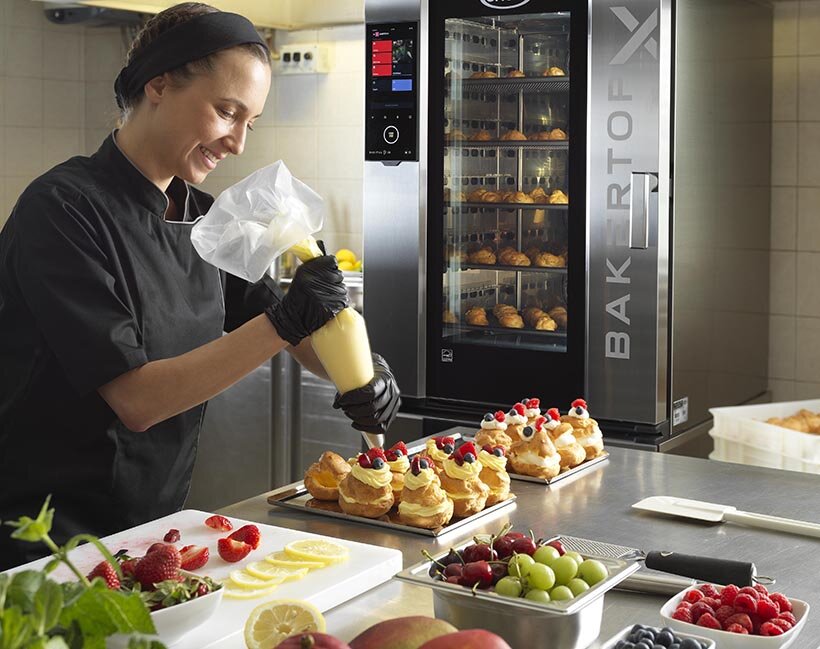
And, despite the ongoing financial crunch, customers in London still seem happy to pay a premium for better quality baked goods, particularly when they’re a decent size, as Jones points out. “We’ve always specialised in indulgent things,” he says, “but not gimmicky. This trend of giant croissants, we don’t do that – we just make a good croissant. Our doughnuts are 120g so you’re not going to have six of them. You might stretch to two!”
Not everyone is so restrained when it comes to croissants. According to Rachel Cook, category manager for bakery and desserts at Bidfood, consumers can’t get enough reimagined versions of the French classic.
“This trend is all about decadence, indulgence and Insta-worthy pastries to draw in the crowds,” she says. “We know the British public love to try something new, and with 43% of 18- to 35-year-olds liking to take pictures of their food or drink, operators should whip up a bit of that wow factor.”
Bread Ahead now has six branches in London, with three more operating in the Middle East and others to follow. “We’ve got a lot of people approaching us,” says Jones.
“I think Asia will be the next hotspot for us.” The firm offers classes at Borough and at its Wembley branch too.
Jones says the classes are a good way for businesses to build team spirit, particularly given the events of the past few years. “During Covid, people were isolated, they forgot about customer service – they were struggling,” he says. “If anyone in hospitality tells you, ‘We’ve got a great team, we’ve got it all sorted’ – no chance. When people join us, the first thing they do is go on a baking course. It's a really good way to immerse them in the business.”

Sarnie stars
Like cakes and pastries, sandwiches have come a long way in recent years. They’re equally social-media friendly, too: small sandwich-makers like Mondo Sando and Wilde’s Deli, both south London-based, have built up impressive followings based on images of pastrami bagels, fish finger doorstop sandwiches and smoked rib burgers, bulging with ingredients and gustatory possibility.
It’s clear that there’s interest out there for sandwiches that venture beyond sliced white and pallid ham. “Over the next six to 12 months, the sandwich market is set to move to a new level,” says Stéphanie Brillouet, marketing director at bakery, pastry and viennoiserie producer Délifrance. “It’s no longer just about two slices of bread holding fillings together; sandwiches are evolving into gourmet creations. Top restaurants and chefs are now proudly serving ‘upscale’ sandwiches.
“We’re seeing vegetarian, Mexican and Vietnamese influences take centre stage. And oversized sandwiches filled with an abundance of ingredients are fast becoming a favourite among customers with hearty appetites.”
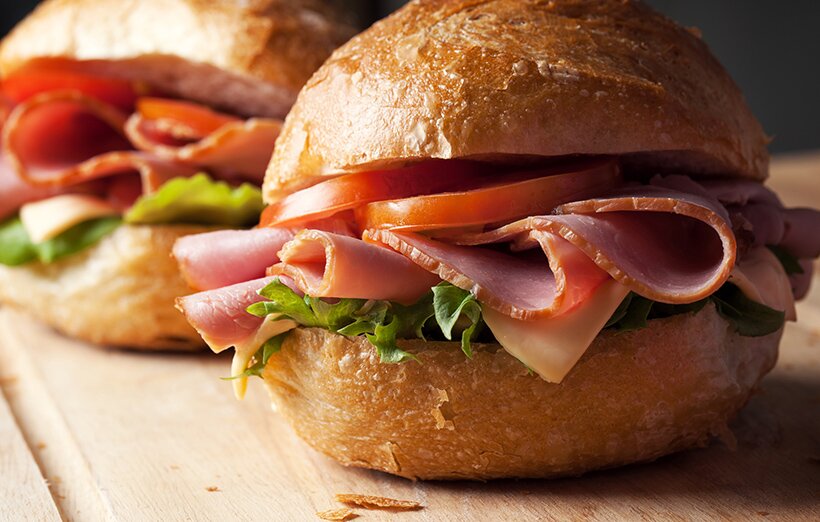
At Cavan Bakery, founded in Twickenham in 1929, a blend of the traditional and modern defines the sandwich options. “We aim to strike a balance,” says Nicky Taylor, managing director. “The trend towards premium products has helped us showcase our freshly baked artisan breads, including sourdough, focaccia, multiseed bread and more.”
He added that Cavan’s customers “have their go-tos, such as a classic cheese and ham, but some like to mix it up from time to time and try something like the feta, chargrilled peppers and rocket on rosemary and sea salt focaccia.”
According to Brillouet, Délifrance’s recent research shows there are some pitfalls when it comes to sandwiches. “With 26% of consumers actively reducing bread consumption, we’ve seen an uptick in demand for healthier options,” she says. “Forty per cent of sandwich aficionados are in search of high-fibre breads, while 38% are seeking bread that’s enriched with extra grains.
“We also know that more than one in five want functional breads, such as sourdough, which is high in protein. The good news for bakery outlets is that consumers recognise the value of health, with those purchasing seeded bread more willing to pay a premium.”
There is increasing demand for new ideas, too, according to Rebecca Calveley, trade marketing manager for La Lorraine Bakery Group, which includes the Panesco and Donut Worry Be Happy brands.
“As consumers continue to demand greater varieties of bread, as well as wholemeal breads, like oats, bran and seeds, this will open up many more opportunities for bakeries to expand their bread range to incorporate new and exciting flavours and ingredients,” she says.
La Lorraine, a major player in the frozen bake-off products market, offers a variety of global options, including some Italian classics: schiacciata romana multigrain and white pre-sliced breads, schiacciata farcita margherita, a stone-baked focaccia, and pinsa tradizionale, a light pizza base.
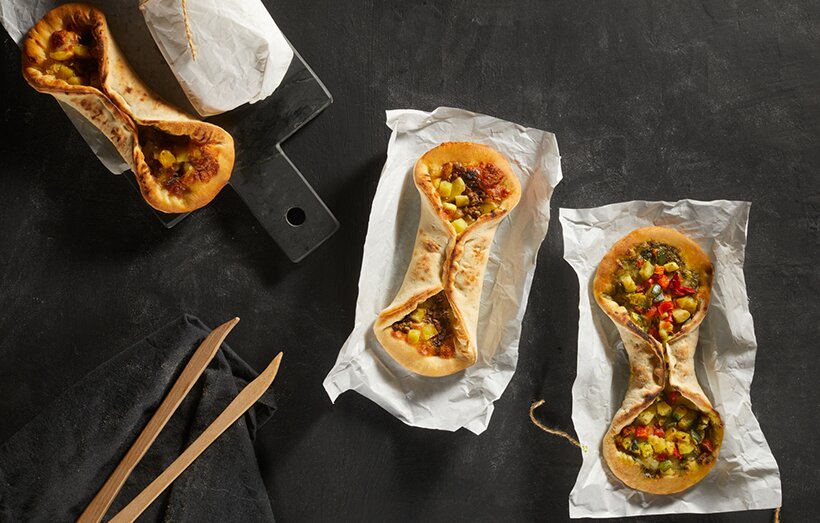
Mix it up
For those operating under time constraints, there are options. Paul Stanley, foodservice manager at Middleton Foods, suggests its 50% white, 50% wholemeal bread and roll mix. “It guarantees perfect bread every time – ideal for busy operators,” he insists.
“Getting your bread right is essential, and our light, soft-textured bread mix is a versatile product made simply by adding water. It can be used for a wide range of breads and rolls, from flavoured loaves to baked goods and even pizza bases.”
Kluman & Balter, meanwhile, offers a range of bread mixes and concentrates, including seeded, artisanal and gluten-free.
“We continue to see a growing popularity for infused, speciality breads,” says Lawrence Watson, managing director. “Sourdough and multi-seed will always have their place, but we’re also experiencing demand for ancient grains coming through.”
In terms of equipment there’s Unox, which offers the new Bakertop-X featuring Digital.ID, ‘for a fast, intuitive and fully customisable interface, complete with hyper-connectivity enhanced with artificial intelligence’, and Jestic, whose Sveba-Dahlen S-Series combination oven offers full bakery capability within a footprint of 1 sq m.
Back at Bread Ahead, meanwhile, thoughts are turning to the future and further expansion, particularly overseas. Jones says there is a growing international understanding that London is a centre of food trends and a place to be emulated.
“London has got huge kudos,” he believes. “We’re world-class, we’re a world leader. London has become a thing.” You could say the same about his crème brûlée doughnut.
Suppliers
Bidfood www.bidfood.co.uk
Bread Ahead www.breadahead.com
Cavan Bakery thecavanbakery.co.uk
Délifrance www.delifrance.com/uk
Jestic www.jestic.co.uk
Kluman & Balter www.klumanandbalter.com
La Lorraine www.llbg.com
Middleton Foods middletonfoods.com
Mondo Sando www.instagram.com/mondo.sandwiches
Unox www.unox.com
Wilde’s Deli www.instagram.com/wildesdeli



